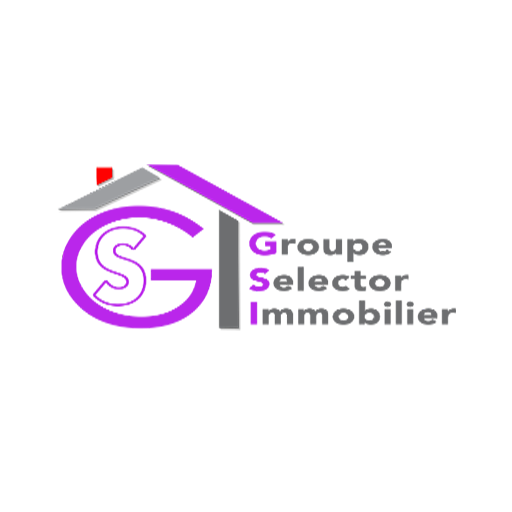There’s nothing actually particular. So something you in all probability already know, I imply, just the construct, my two platforms, as I said, so Linux AMD64, Linux Arm64, the 2 attests. If I wish to find out about images, the first thing I want is an image. Most people already know the way to do that, so I won’t explain the build itself.
You might do several runs or a number of copies or forwards and backwards relying on what you need to why do we need docker do. The copies clearly are copying from the host file system or some other location to the container picture file system. The runs are literally executing things inside that image file system. That could be compiling code or installing instruments or whatever that might be. Lastly we’re going to set a CMD (command).
It’s what we’ve on a daily basis. If you look at the Arm64, we may have precisely the same thing. Most of the time, that’s what people call image.
But the media kind this time is a compose file YAML. It’s not a JSON, it’s free, you compose file. So should you go to find this digest, this blob, and also you read that, that is your YAML file. So we’ve recently added a construct view inside the Docker Desktop GUI. This build view offers you a lot of information about the builds you’re doing.
The second thing, as a outcome of we have multi-platform photographs, is I will get the index, and I need to know which is the right platform I want to pull. As A Outcome Of possibly I simply want to run for Linux, AMD64. So I don’t care about the others, I simply want this one. So I will try to pick this one first. And then I will actually obtain the content of the picture.
Creating Our First Docker Utility
The container is an isolated environment for running an application. One of the questions that often comes up is how our containers are completely different from digital machines or VMS. Do you know the variations Well, a virtual machine as the name implies, is an abstraction of a machine or bodily hardware. So, we will run several digital machines on a real physical machine.
I mean, it’s based on another one, base picture for a quantity of architectures. That’s something, for a number of years, plenty of folks don’t really look at platform pictures. However now, particularly with, like, since individuals have mac M1, they start to have another structure on their own laptop. So we begin to need multi-platform images on a regular basis. The docker build command’s –squash flag can squash photographs when Docker’s legacy picture builder is enabled.
Features Of Kubernetes
Each virtual machine needs a full copy of an working system that must be licensed, patched, and monitored. And that’s why these digital machines are gradual to begin as a result of the whole operating system must be loaded just like starting your laptop. So, when you have eight gigabytes of reminiscence https://deveducation.com/, that reminiscence should be divided between totally different digital machines. Of course, we can determine how a lot reminiscence to allocate to each digital machine.
The RUN, COPY, and ADD Docker instructions modify information and create new filesystem layers. All other instructions, including LABEL, CMD, ENTRYPOINT, ENV, and EXPOSE, only set picture metadata in order that they create empty layers. When you build this picture, Docker recognizes that the primary layer is already cached in your machine. It was created when the earlier image was built. As a end result, the construct course of for the second image is way quicker because only the second RUN instruction must be executed.
Newest Build And Dockerfile Options (24:

The construct completes in just zero.9 seconds consequently. This is why the software Dive will allow us to dive into the heart of our images Docker/OCI and allow us to lastly simply know what they comprise. With docker-compose.yml we don’t must restart Docker again and again to publish the new modifications.
- And That I hope we are going to build a lot of new instruments with all that stuff.
- It’s all the recordsdata of the images.
- Terminal sleuths can use ps -ef | grep docker, or make use of the top command to spot active processes.
For Macos And Home Windows
But by default, will most likely be the new one. So when you have a glance at the ration between these tags and the totally different blocks. So I have, for instance, on the 100, I imply, this link, that’s go to one digest.

Spacelift’s official runner image could be discovered here. On one other observe, diving deeper into NVIDIA Container Toolkit has sparked some interesting ideas. The capacity to move GPU acceleration to Docker containers opens up prospects past simply Ollama. But typing this identical command additional time can be tiring. We can create an alias to make it shorter.
